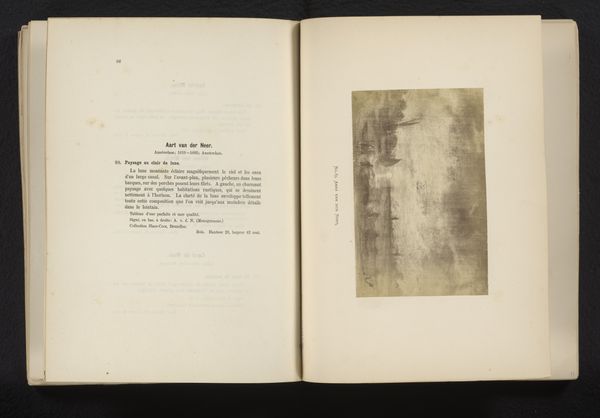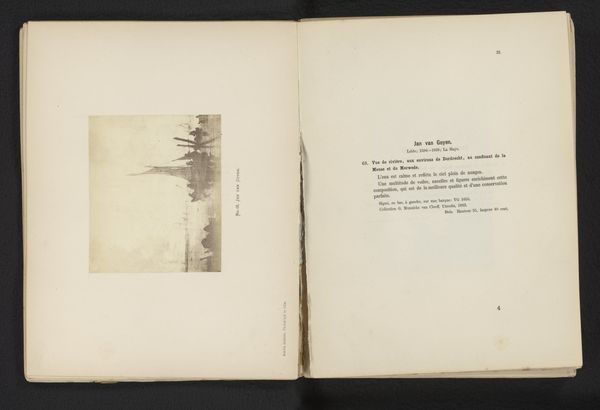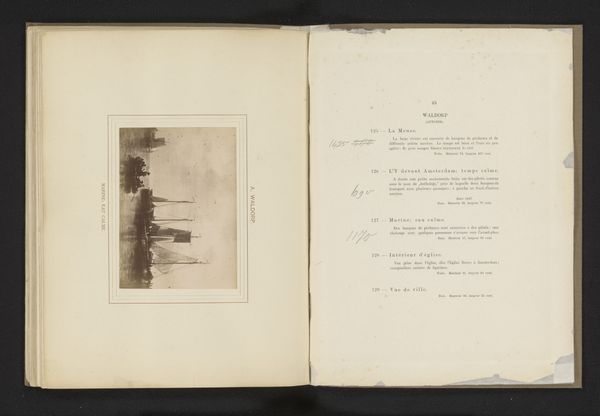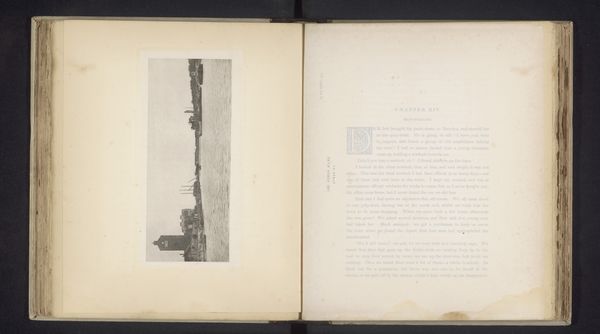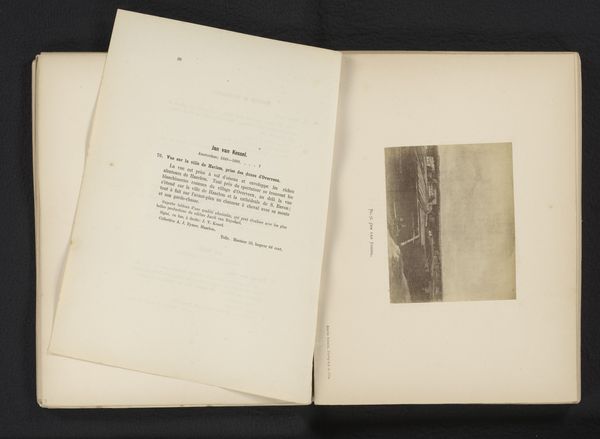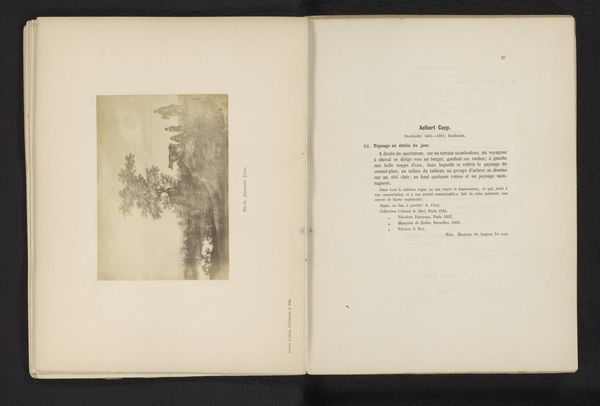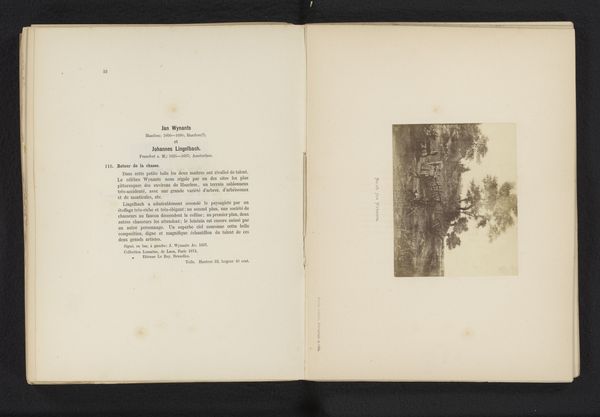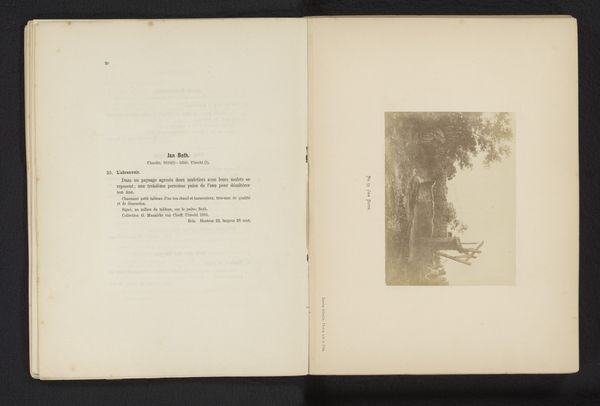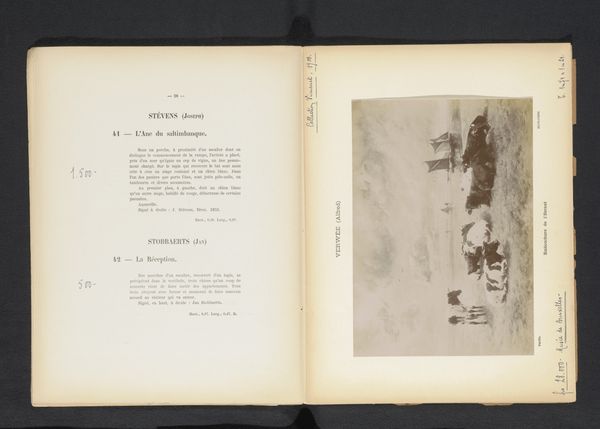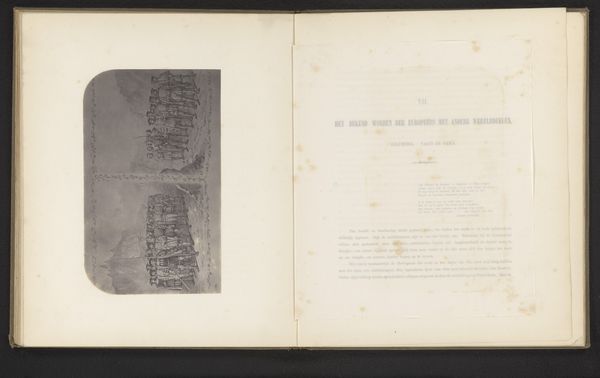
print, etching
# print
#
etching
#
landscape
#
history-painting
Dimensions: height 98 mm, width 147 mm
Copyright: Rijks Museum: Open Domain
Editor: Here we have "Fotoreproductie van een schilderij van een zeelslag," a print or etching of a seascape, predating 1876, likely by Willem van de Velde. It looks so dramatic, the ships battling on a stormy sea. What historical narratives do you think this piece evokes? Curator: This piece really speaks to the potent image of naval power in European history, particularly the Dutch Republic. Consider the context: maritime dominance wasn't just about military might, it was intricately linked to economic power and global trade. These types of battle scenes, often commissioned, were potent symbols of national pride. Do you see any ways that the composition amplifies that message? Editor: I see that the ships are quite small in the composition, surrounded by this vast, turbulent sea. Does that downplay the human cost of these naval battles? Curator: That's a critical observation. While celebrating naval power, such imagery often conveniently omits the grim realities: the suffering, the loss of life, the socio-economic disparities fueling these imperial ventures. So, a question to you - whose stories are missing from this representation? Editor: The everyday sailors, the colonised people whose lands were being fought over... the victims, really. Curator: Precisely. Recognizing these omissions allows us to critically assess the power dynamics inherent in this "history painting." What did you find surprising about this image? Editor: How much it reflects the politics of its time! I hadn’t really considered how sea battles might be framed in this way. Curator: Indeed. Understanding the historical context and institutional framework is crucial to unpack the layered meanings behind seemingly straightforward depictions. We often see only what the dominant powers wanted us to see.
Comments
No comments
Be the first to comment and join the conversation on the ultimate creative platform.
